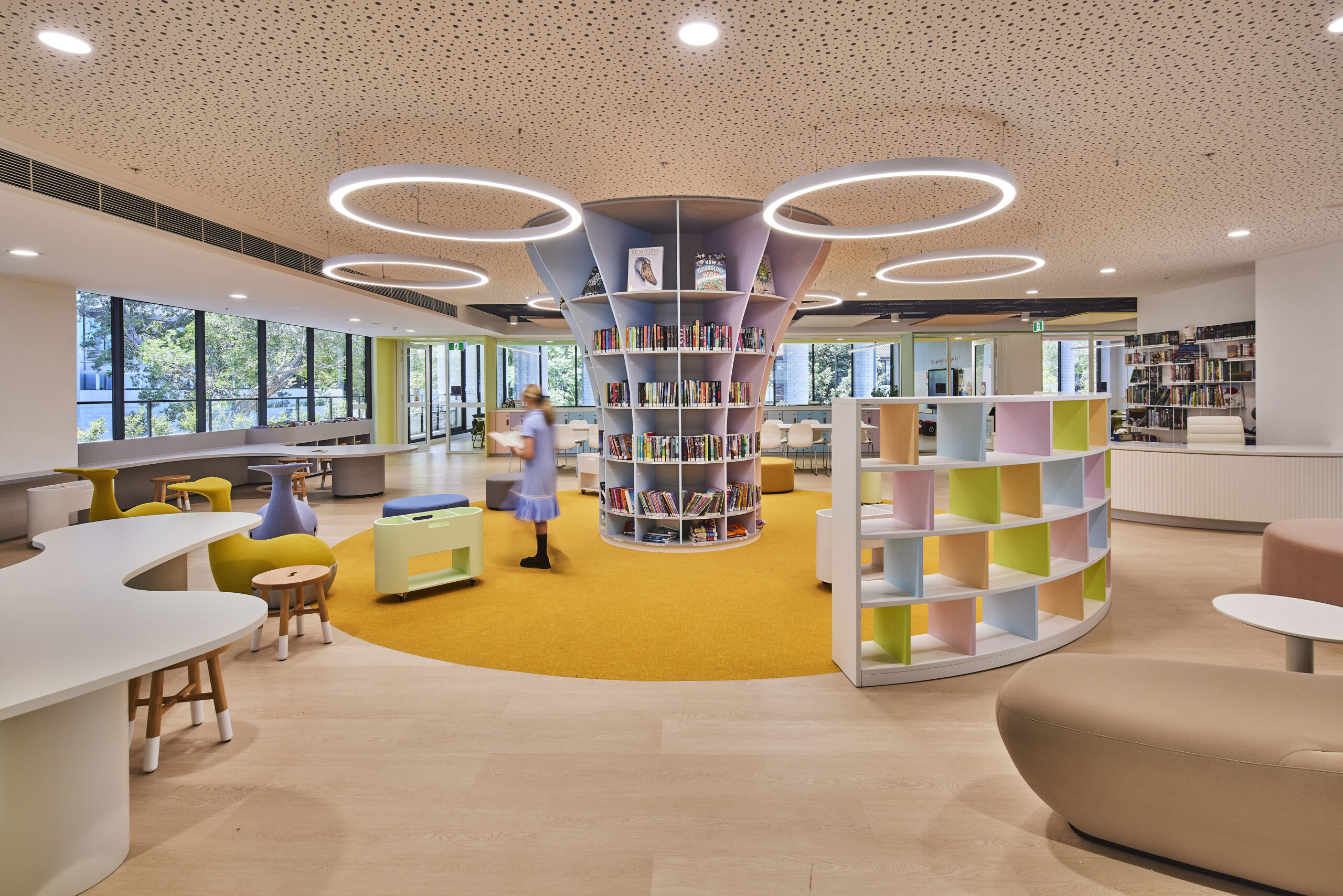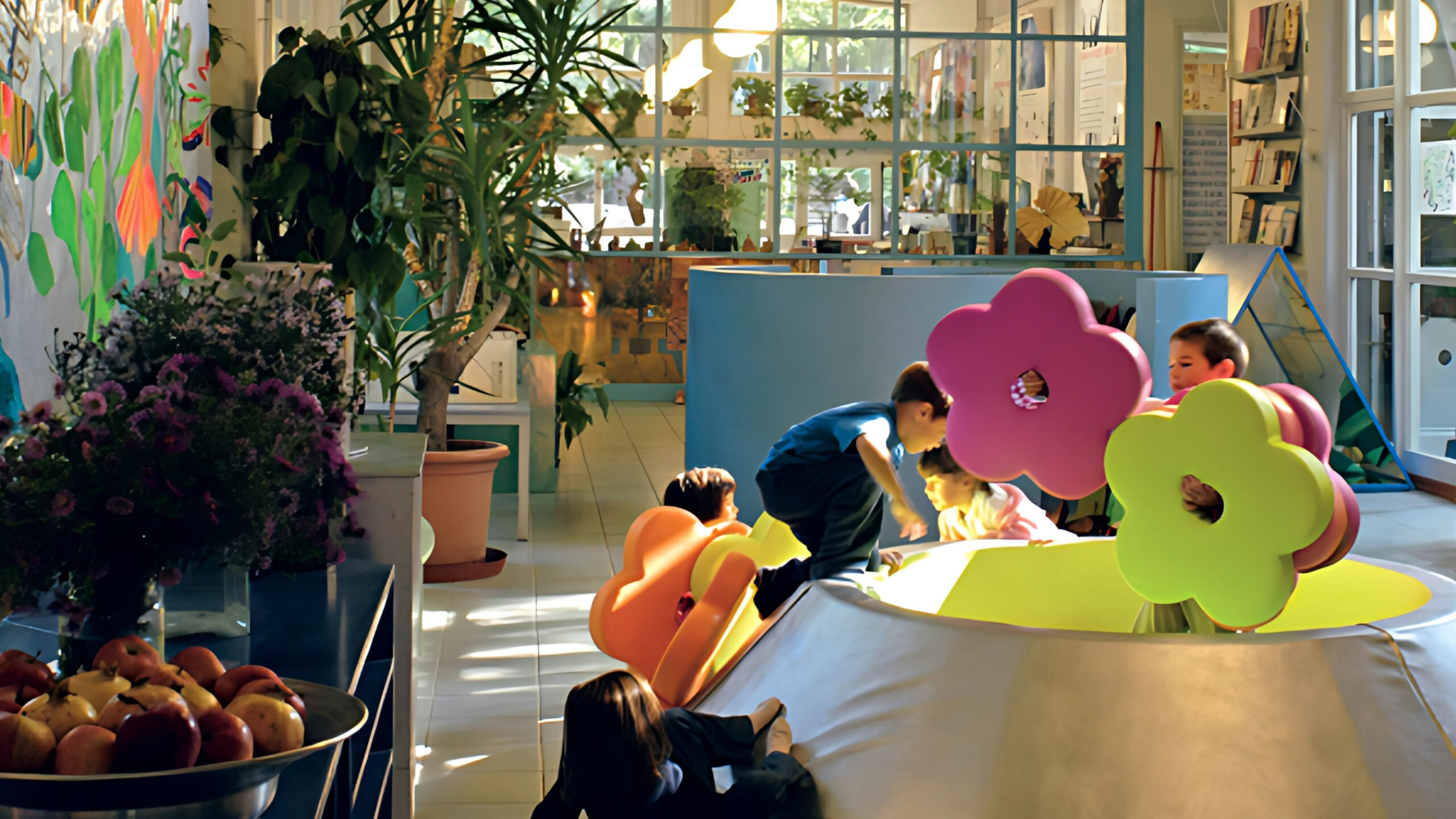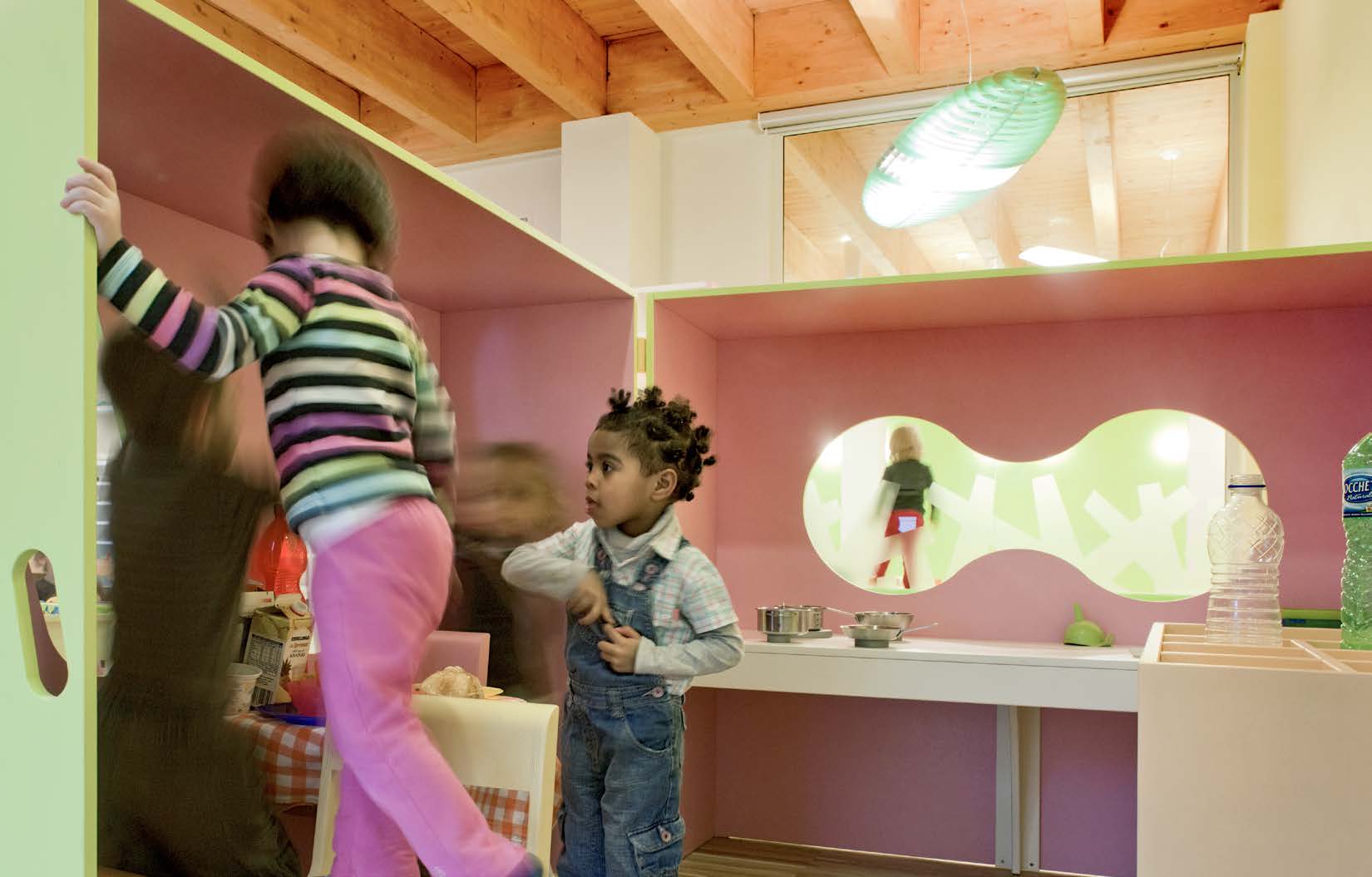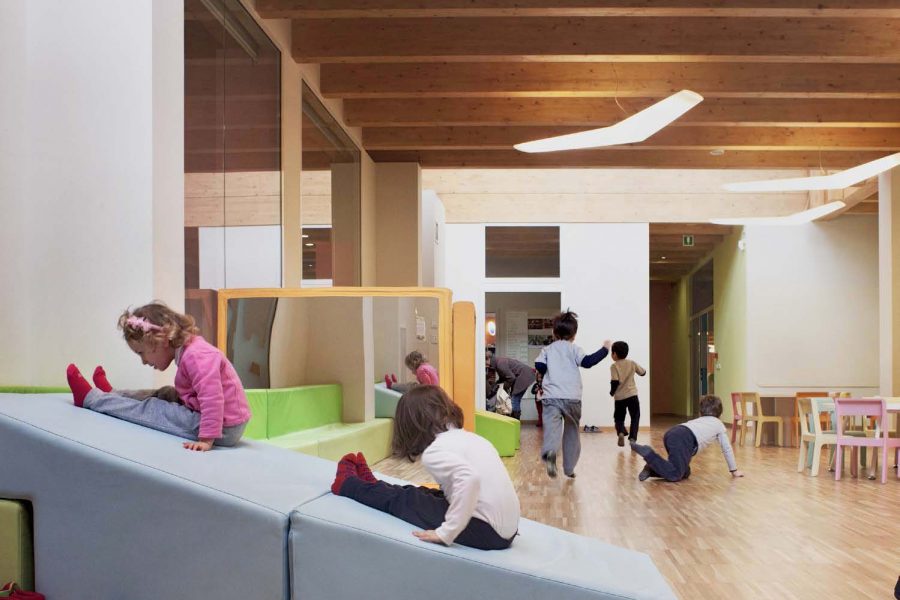The Reggio Emilia approach, rooted in trusting children’s potential and viewing the environment as the “third teacher,” encourages richly designed, responsive learning spaces.
While some Reggio-inspired settings have leaned toward neutral and muted tones, research shows that bold, colourful nursery furniture plays a vital role in stimulating imagination, supporting focus, and creating classrooms where children thrive.
Use Colour Purposefully
Research shows colour directly impacts mood, attention, and cognitive development in early years (Verywell Mind).
Using vibrant colours with intention creates a structure that children can intuitively understand and navigate. Thoughtfully using warm colours in active zones and cooler tones in calming areas can make classrooms feel structured yet inviting.
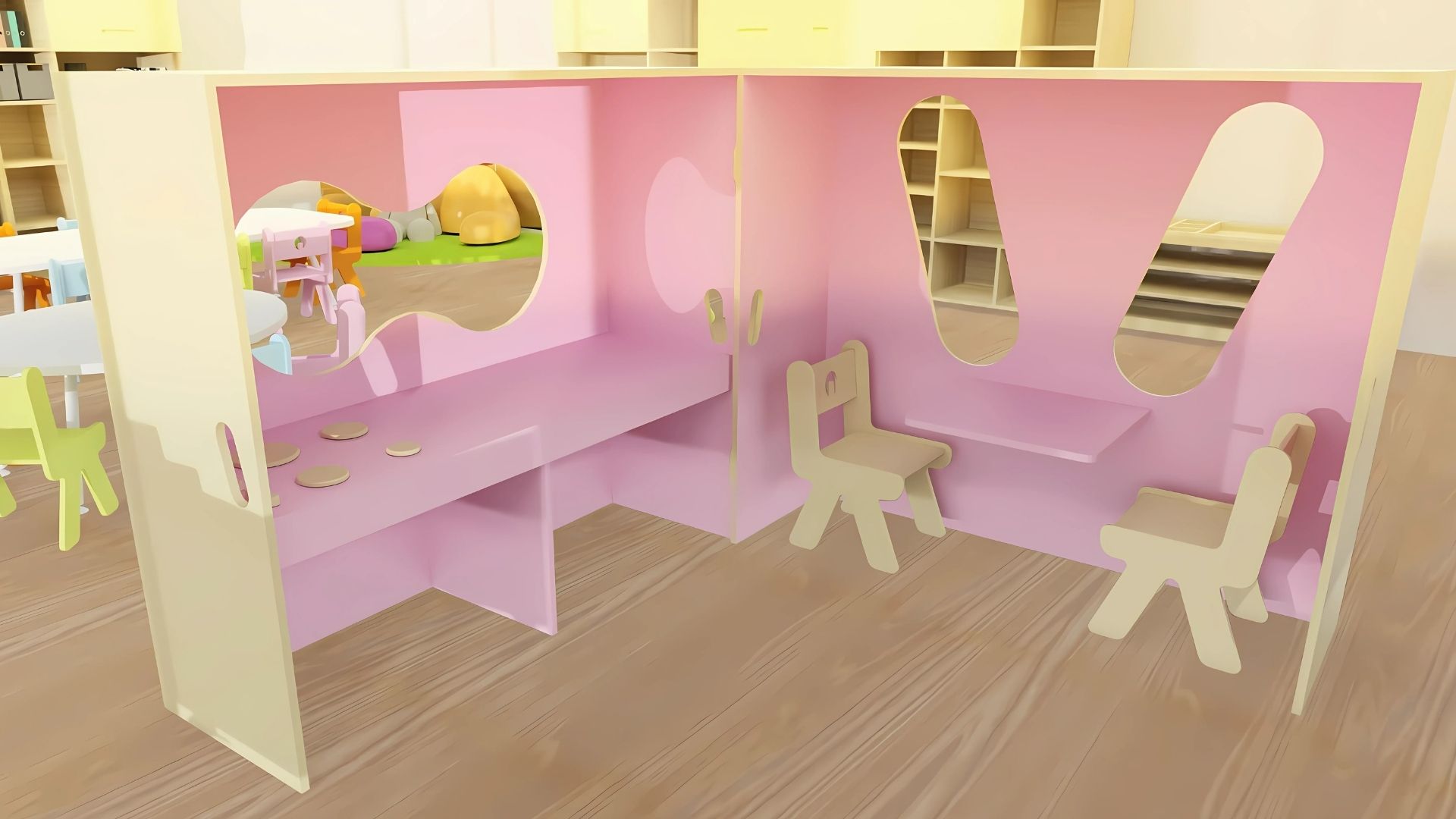


Balance Natural & Strategic Colour
Design Adaptable, Child-Centred Spaces
Flexibility is central to the Reggio Emilia classroom setup. Modular furniture for nurseries enables practitioners to quickly reconfigure spaces, transforming blocks into seating, play stages, or role-play corners.
